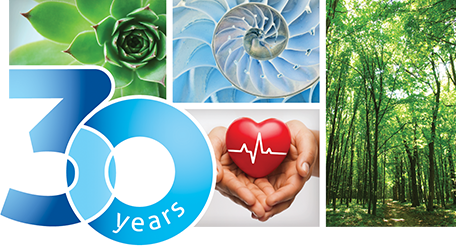

HumanoPedia
Musculoskeletal
The human musculoskeletal system, also known as the locomotor system, is a system that provides stability and shape to the human body. Besides supporting body weight, bones work together with muscles to maintain body position and make controlled and precise movements. Without a skeleton, contracting muscle fibers would not be enough to help us sit, walk, or run.
The musculoskeletal system is made of skeletal bones, muscles, cartilage, tendons, ligaments, joints, and connective tissue, which stabilize or connect the bones.
The primary functions of the musculoskeletal system include supporting the body, facilitating movement, and protecting vital organs. The skeletal part also serves as the primary storage system for calcium and phosphorus.
One sachet of ProHumano+ ArtroDinamic contains 500 mg of hydrolyzed collagen and 500 mg of vegetable D-glucosamine, ingredients that support the normal functioning of the joints, and stimulate the regeneration of cartilage, two basic components of the musculoskeletal system.


ProHumano+ Products for healthy joints
Did you know?
Joint pain is the most common pain among Romanian people. 8 out of 10 people suffer from knee joints pain, wrist pain, ankle or shoulder pain.
affects
Information source:
Quantitative Research, 2014, urban population over 35 years old, Romania.
Osteoarthritis does not stop you from keeping up with your loved ones
Osteoarthritis is the most common chronic joint condition. It is a degenerative condition that manifests mainly in the elderly, but it can also appear as a result of a joint injury or infection.
Osteoarthritis (also called arthritis) can affect any joint. However, the most commonly affected areas of the body are the joints that support more weight, such as the joints of the knee, hip, and spine, but also the hands (finger joints).














